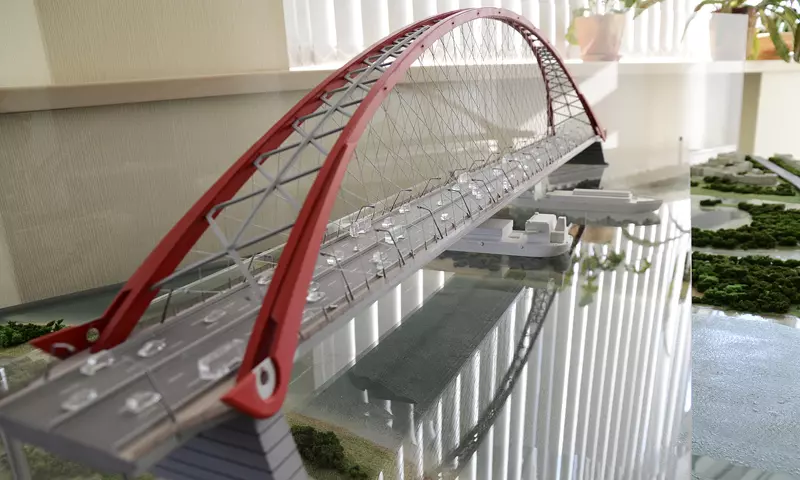The architectural bridge model is created using an appropriate scale to foresee any deficiencies that may occur during the construction of the bridge project. There are different types of bridges with various models, and each construction technique and material used may differ. Making a bridge model requires careful and meticulous work, which must be done as realistically and error-free as possible. The model enables engineers responsible for carrying out the project to identify potential deficiencies and errors that may occur during the project, so it is extremely important that the model is created correctly.
For the professional production of an architectural bridge model, it is necessary to understand the project well and examine all details. It is important to examine all details such as the length of the bridge, load capacity, materials used, angles of the bridge pillars, and whether it will be built on land or over a watercourse to create an accurate model. For a flawless bridge model, all doubts arising during the reading of the project must be resolved, and all potential problems must be solved. Therefore, each detail must be examined in detail. It is important to draw the project correctly, determine its scale, and represent it in three dimensions before moving on to the construction phase.
Before starting the construction of the architectural bridge model, it is important to decide which materials will be used. It is essential not to compromise the quality of materials to obtain a solid and durable bridge model, and to use materials with textures as close to reality as possible. The ability of the bridge model to remain intact under environmental conditions during a long period during the presentation plays a very important role in the prestige of the project. Therefore, wood, PVC sheets, ABS, acrylic, cork panels, and similar materials are usually chosen.
The production costs for a bridge model vary depending on the project. The larger the size and width of the bridge, the higher the price of the project. With increasing size, more materials and more details will be required, which will increase the price of the bridge model proportionally. In addition, the quality of the materials used is also one of the most important factors affecting the price. Furthermore, if the bridge to be built has different models such as arched, flat, beam bridges, different techniques and skills will be required, which can lead to price differences.





